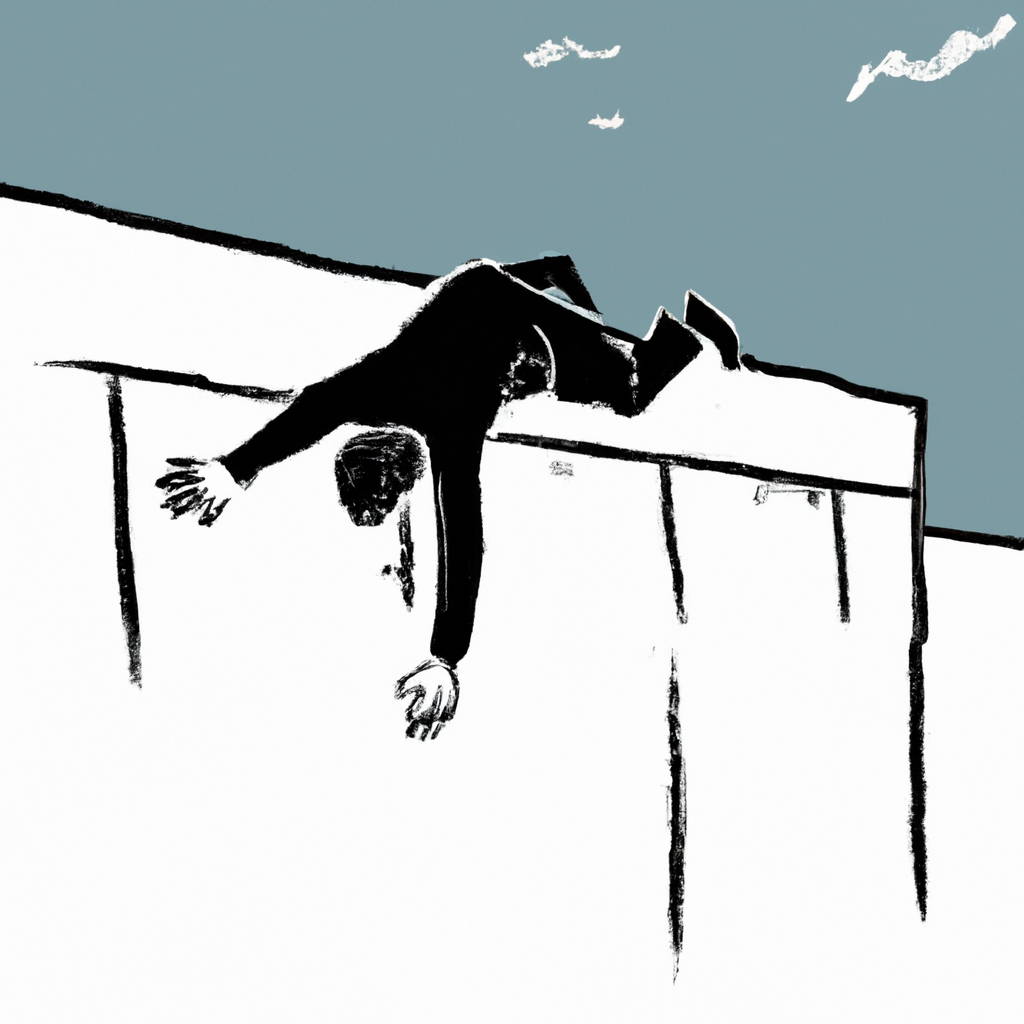In recent years, parkour has become a popular free-running sport. With its popularity comes concerns about safety. Parkour deaths have been reported, raising concern about the dangers and risks of this sport. Parkour, like any extreme sport comes with inherent risks. To avoid tragedy, it is important to manage them carefully and be diligent.
Parkour: The inherent risks
Parkour is an intensely physical activity that involves running and jumping, climbing and acrobatics. Parkour is a sport that challenges the limits of human ability. Participants in this sport must be aware that there is a risk of injury or even death.
There are many risks associated with parkour, including:
1. Falls from Height
Falls from height are one of the biggest risks in parkour. Parkour practitioners often jump over gaps, climb buildings, and leap from rooftop to rooftop. These maneuvers involve heights that can cause serious injury or even death if a parkour practitioner falls.
2. Improper landing
Even if the parkour practitioner is able to jump or climb without a fall, an improper landing can result in injury. In parkour, landing correctly is crucial. Failing to do so could result in sprains and strains.
3. Overexertion
Parkour is an intense sport that requires a lot of strength, endurance and agility. Overexertion may lead to fatigue, which could lead to poor decisions and, in the end, injury or death.
Parkour Fatality Statistics
Parkour-related deaths and injuries are not officially recorded, but there have been reports of injuries. Most parkour fatalities are caused by falls from height.
A study of parkour injuries by the National Electronic Injury Surveillance System found that from 2009 to 2012, over 1,700 injuries relating to parkour were treated at emergency departments. 85% of those injuries occurred in people younger than 24 years old. This study did not include deaths related to parkour.
Preventing Parkour Deaths
There are ways to reduce the risks of parkour.
1. Proper Training
To minimize the risks associated with parkour, it is important to have a proper training program. It is important that practitioners learn from instructors who are experienced and can teach them the proper technique for parkour maneuvers. Beginners should begin with simple movements, and then progress to more complex maneuvers when their skill level increases.
2. Safety Gear
Wearing safety equipment such as elbow pads, wrist guards, and knee pads can reduce the risk of injury when doing parkour. These items may not be able to prevent all injuries but they can reduce the severity if an injury does occur.
3. Proper Equipment
The use of proper equipment can help reduce the risks associated with parkour. Shoes with good grip are essential to maintain control during jumps and ascents. Grips and accessories can help improve traction, reducing the risk of falling and slipping.
4. Know Your Limits
Knowing your limits in parkour is crucial. Parkour practitioners should not attempt maneuvers beyond their physical ability or experience level. Pushing too hard could result in injury or even death.
5. Choose a safe location
It is important to choose a location that is safe for parkour. Avoid areas with sharp edges and other hazards that can cause injury. They should also avoid areas where there is heavy foot or vehicle traffic.
Conclusion
Parkour is an intense sport with inherent risks. Parkour injuries can be severe and are often common. While parkour-related deaths are rare, they are not uncommon. By training with experienced instructors and using the proper safety equipment and gear, practitioners can minimize these risks. With the right care and caution, parkour can be an exciting and challenging sport. It will bring a sense accomplishment and joy to all who participate.

Leave a Reply